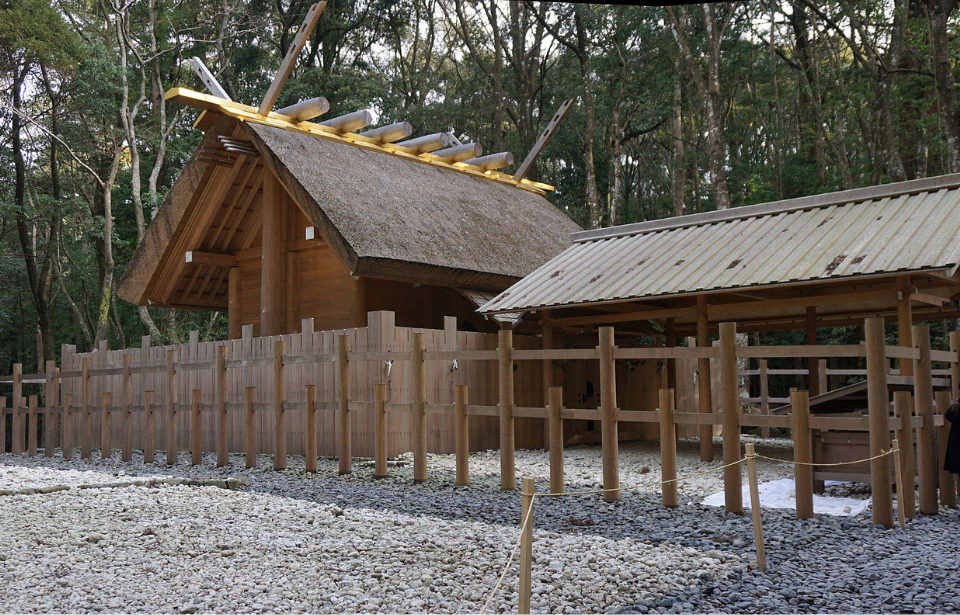The Ise Grand Shrine is a Shinto shrine complex located in Ise, Japan, that dates back to the 4th century BCE. A sacred and beautiful place, the Ise Grand Shrine draws in tourists from all over the world, but access is limited due to its importance to the Shinto faith. One of the most unique characteristics of the complex is that every 20 years or so, the Inner and Outer shrines, as well as the Uji Bridge, are torn down and rebuilt.
Creation of the shrine
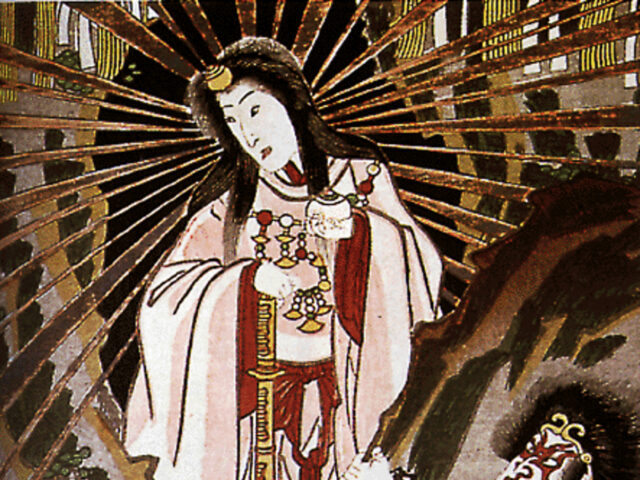
The initial creation of the first shrine located inside the Ise Grand Shrine was documented in the Nihon Shoki, which translates to “The Chronicles of Japan.” This is the second-oldest book on the classical history of Japan, and it explains how and why the shrine was built.
It is believed that around 2,000 years ago, the 11th Emperor of Japan, Emperor Suinin, tasked his daughter and princess, Yamatohime-no-mikoto, with locating an appropriate place to worship the sun goddess and supreme deity of the Shinto pantheon, Amaterasu Omikami. Not only would this location enshrine the goddess, but it would also become home to the Sacred Mirror of the Imperial Regalia of Japan. According to legend, the Sacred Mirror was gifted to Japan’s first emperor by Amaterasu and is considered the most precious of the three sacred treasures.
Princess Yamatohime-no-mikoto’s search
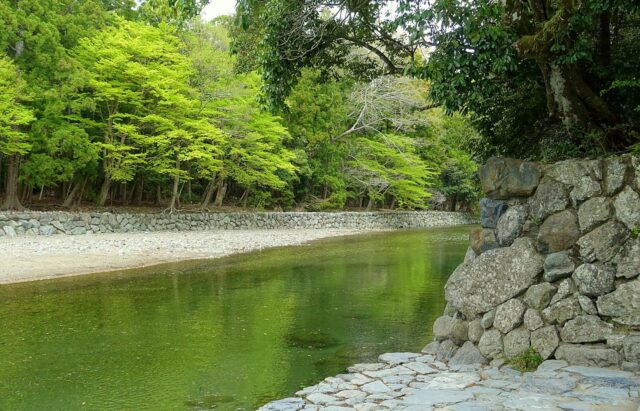
The princess set off from Mt. Miwa, located in modern Nara Prefecture, beginning her search for the perfect location. This task would take her around 20 years to complete. She searched all over Japan, unable to find just the right area for the shrine. Eventually, her journey brought her to Ise, in modern Mie Prefecture. When she arrived, it is said that she was spoken to by the voice of Amaterasu, who told her, “Ise is a secluded and pleasant land. In this land I wish to dwell.”
Following this, the princess placed 50 bells, marking the location that would enshrine Amaterasu. For this reason, the Isuzu River was and still is referred to as “fifty bells.”
Ise Grand Shrine is the site of many shrines
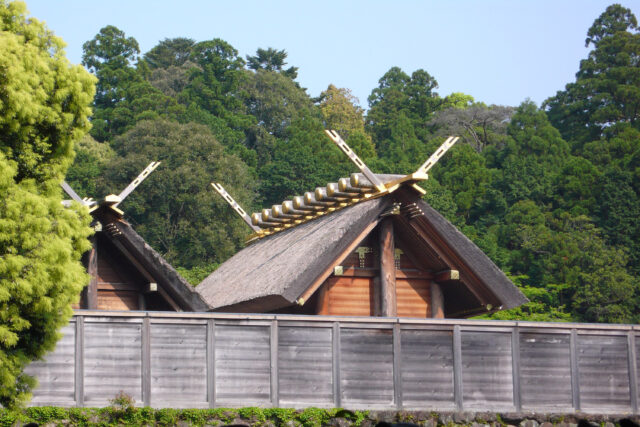
The Ise Grand Shrine is a large area that encompasses many shrines, but there are two in particular that are the most significant and important. The first is the Inner Shrine, called Naikū, which is the place where Amaterasu is believed to dwell. Naikū is the first shrine, built in 4 BCE. It’s located in the town of Uji-tachi. The main building in the shrine, called Kotai Jingu, is said to house the Sacred Mirror.
Another shrine was built about five centuries later, known as the Outer Shrine, or Gekū. This one is dedicated to Toyouke-Daijingu, the god of agriculture, industry, and rice harvest in the Shinto pantheon of gods. This shrine is located about six kilometers from the Inner Shrine, and together they make up the main portion of Ise Grand Shrine.
Tourists may not enter the inner sanctums of Naikū or Gekū
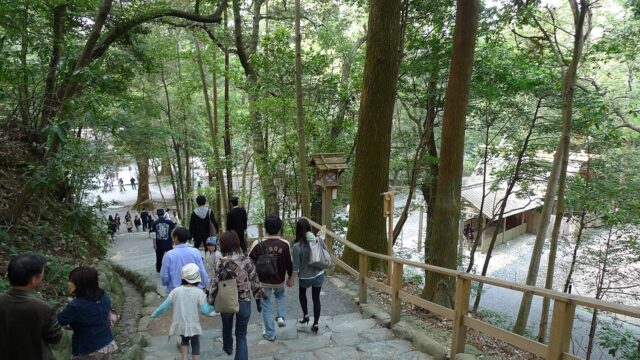
There are 123 other Shinto shrines located throughout Ise City and elsewhere, with some with connections to Naikū and others connected to Gekū. There are also shrines dedicated to other Shinto spirits, known as kami, throughout the area as well.
The Inner and Outer Shrines are highly sacred places. As such, only certain people, such as the Imperial family and shrine priests are permitted to enter particular areas. The Outer Shrine is a lot more publicly accessible than the Inner Shrine. The inner sanctums of Naikū and Gekū are sealed off by high wooden fences, and tourists are not allowed to enter. They can, however, still get clear views of the thatched roofs.
The shrines are rebuilt every 20 years
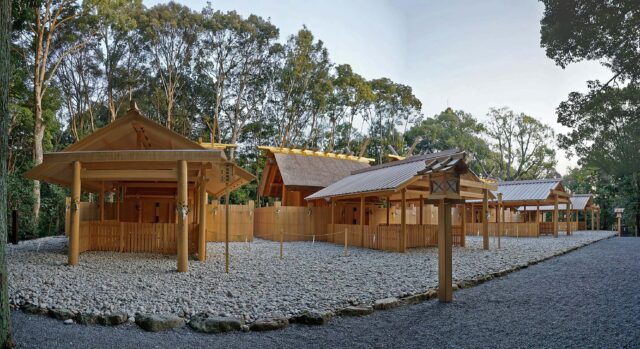
One of the most unique features of the Ise Grand Shrine is that the Inner Shrine, Outer Shrine, and the Uji Bridge are all rebuilt every 20 years. This is in line with the Shinto belief called “tokowaka,” highlighting the importance of death and renewal, as well as passing on building techniques from generation to generation. The reconstruction is called the Shikinen Sengū, and although its original purpose is unknown, it is believed to not only preserve the longevity of the shrine, but to also honor the deity enclosed within it.
The shrines are fashioned in a special form of the shinmei-zukuri architectural style, known for its simplicity. Construction on the new buildings follows strict techniques and methods that ban the use of modern influences. The buildings are made using wooden dowels and interlocking joints instead of nails, and no power tools are allowed. Skilled tradesmen, known as “miyadaiku,” are required for constructing the shrines, and they are becoming harder to come by as the trade diminishes over time.
A lengthy process
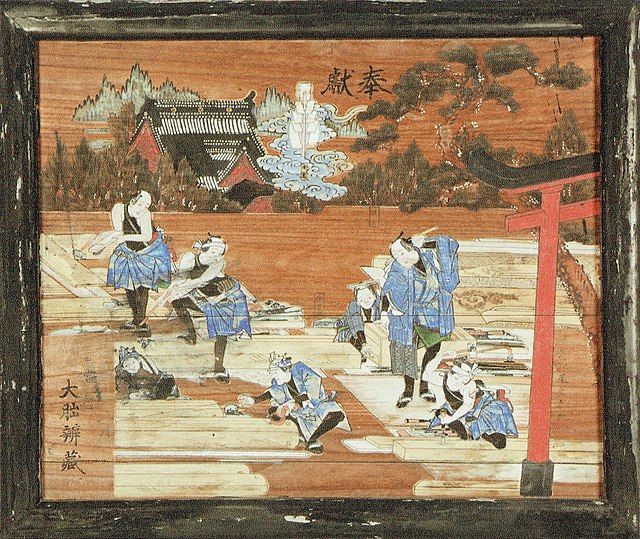
The entire rebuilding process takes about 17 years, beginning with project planning and ending with the actual construction of the shrines. It is a costly endeavor. The last rebuild, in 2013, was funded solely on private donations totaling a whopping 57 billion Japanese Yen (about $550 million USD).
More from us: The Oldest Temples of the Ancient World Are Still Majestic Today
The next rebuilding of the shrines is scheduled to take place in 2033 on the lower, northern site of the Ise Grand Shrine. Several festivals are expected to take place in the lead-up to the next rebuild.
